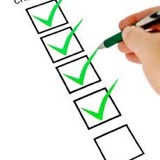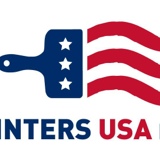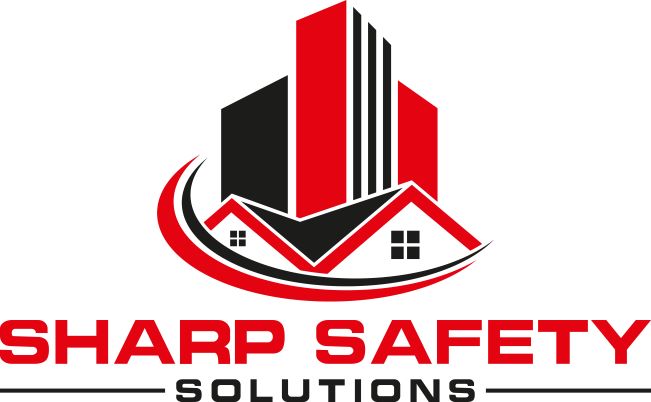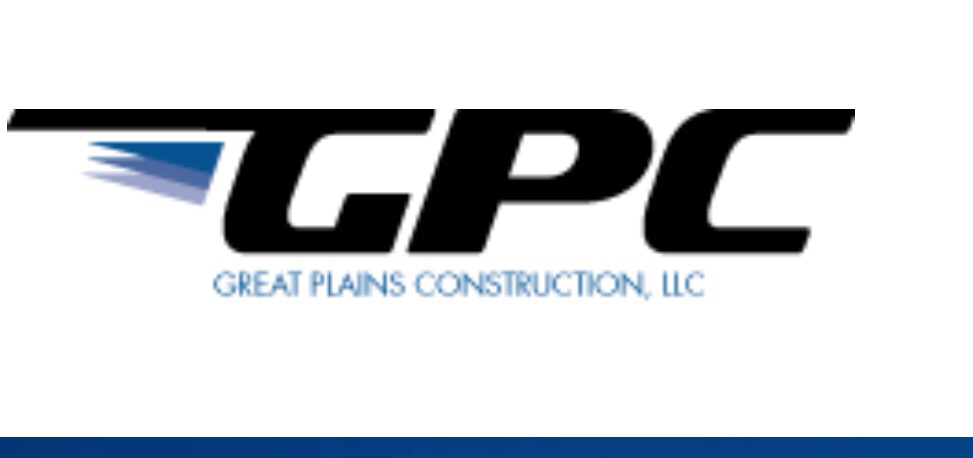Title Page
-
Conducted on
-
Prepared by
-
Location
MEETINGS AND CONTACTS
-
Safety meetings attended
-
Toolbox meeting attended
-
Safety conversation held with onsite worker(s)
-
Hazard card completed
-
Critical control observation (CCO)
GENERAL
-
Job safety and health information posted
-
Project and safety documents available
-
Communication and emergency numbers
-
Is there adequate lighting at all work areas
-
Are the JSA/SWMS for the tasks onsite and is the JSA/SWMS suitable for the task or does it require review
-
First aid information available
HOUSEKEEPING & FACILITIES
-
Work area neat, debris picked up and free of trip hazards
-
Passageways and walkways clear. Can people reach their work area safely
-
Drinking water available
-
Adequate toilet facilities
-
Rubbish containers provided and disposed regularly
-
Aisles and work areas neat and orderly
-
Materials stored properly
PERSONAL PROTECTIVE EQUIPMENT
-
Eye protection being used and adequate
-
Head protection utilised as needed
-
Gloves being used when needed
-
Proper clothing being worn
-
Hearing protection available and used when required
-
All PPE kept in sanitary and reliable condition
FALL PROTECTION
-
Guardrails protecting open - sided floors, holes/openings, scaffolds, runways, ect
-
Barricades provided to protect trenches and holes and warn of other hazards
-
Ladders and scaffolds properly constructed
-
Ladders extended above landing and tied off
-
Employees exposed to fall hazards are protected from falls
-
Employees below protected from falling objects
HAND & POWER TOOLS
-
Proper tools being used for the job
-
Tools being maintained in a safe condition
-
Mechanical guards in place
ELECTRICAL
-
Electrical cords in good condition and grounded and tagged
-
Cords and leads off the floor
-
Overhead powerlines managed (isolated, guarded, signs)
-
Have underground cables been identified and marked
EXCAVATIONS & TRENCHING
-
Properly supervised by a person who has completed "competent person" training
-
Proper shoring and/or slopes of excavations. Correct angle of batters
-
Adequate ladders or ramps provided for exit from excavations
-
Proper utility services identification and locations made
-
Materials and equipment stored at least 2m from edge
-
Are appropriate barricades in place
-
Is excavation affecting the stability of adjacent areas or buildings
WELDING & BURNING
-
Are fire bans being adhered too
-
Gas cylinders stored upright, securely and in good condition
-
Proper separation between fuels and oxygen
-
Burning/welding/cutting goggles or shields are used
-
Fire extinguishers are nearby
-
Hoses are in good condition
-
Do workers know what to do in the event of a fire? Training provided?
-
Hot work permit in use?
CRANES
-
Dogman appointed
-
Crane operator and dogman established load weights and following lifting charts and has the lift been assessed by a competent person. For complsx lifts has a formal lift plan been developed
-
Crane has "Crane Safe" sticker
-
Crane operator and dogman competent
-
Outrigger extended and swing radius barricade in place
-
Load charts are available on site
-
Hand signal charts are in crane
-
Crane operators' logs are up to date
-
Employees are kept from under suspended loads
-
Tag lines are used to guide loads
-
Chains and slings inspected and tagged as required
-
Permits to work in use
CONCRETE & FORMWORK
-
Employees are protected from cement dust
-
Exposed skin is covered
-
Ramps and runways are adequate
-
Are rebar and stake caps in place
-
Material kept away from excavation, if applicable
TRAFFIC MANAGEMENT
-
Access controlled
-
Vehicles parked correctly
-
Traffic management plan and controls in place
-
Vehicles design and specifications meet site requirement
-
Vehicle log book and prestart completed
-
Pedestrian areas segregated
CHEMICAL SAFETY
-
Safety data sheets available
-
Dangerous goods segregated and secured
-
Safety wash stations available if appropriate (eye wash/showers)
RAIL SAFETY
-
Personnel not working within 5m of rail line unless authorised and trained
-
Is there a nominated safe place
-
What test was conducted to ensure staff had sufficient warning time to react and access a place of safety for 10 seconds prior to rail traffic reaching the worksite
-
Is there a lookout in place
SECURITY
-
Site access controlled (fences, gates, guards, all locked)
-
Personnel have correct security ID
-
Sign in/out process accurate
-
Security signs in place and visible
EMERGENCY MANAGEMENT
-
Muster points established and sign posted
-
Muster point access clear
-
Site evacuation plan in place and visible (poster)
-
Emergency equipment in place (first aid kits/extinguishers)
-
ERT established and on site (check roster)
LADDERS/SCAFFOLDING & WORKING AT HEIGHTS
-
Are ladders properly positioned
-
Are the ladders in use appropriate for the tasks being carried out
-
Should an EWP or scaffold be used
-
Are all personnel working at heights using appropriate PPE and harnesses
-
Are appropriate permits in place
-
Has any scaffolding been erected by a competent person and does it have a Scaff-Safe Tag in place and up to date
-
Is the work area around the working at heights barricaded
-
Is there a suitable process in place to avoid falling objects











